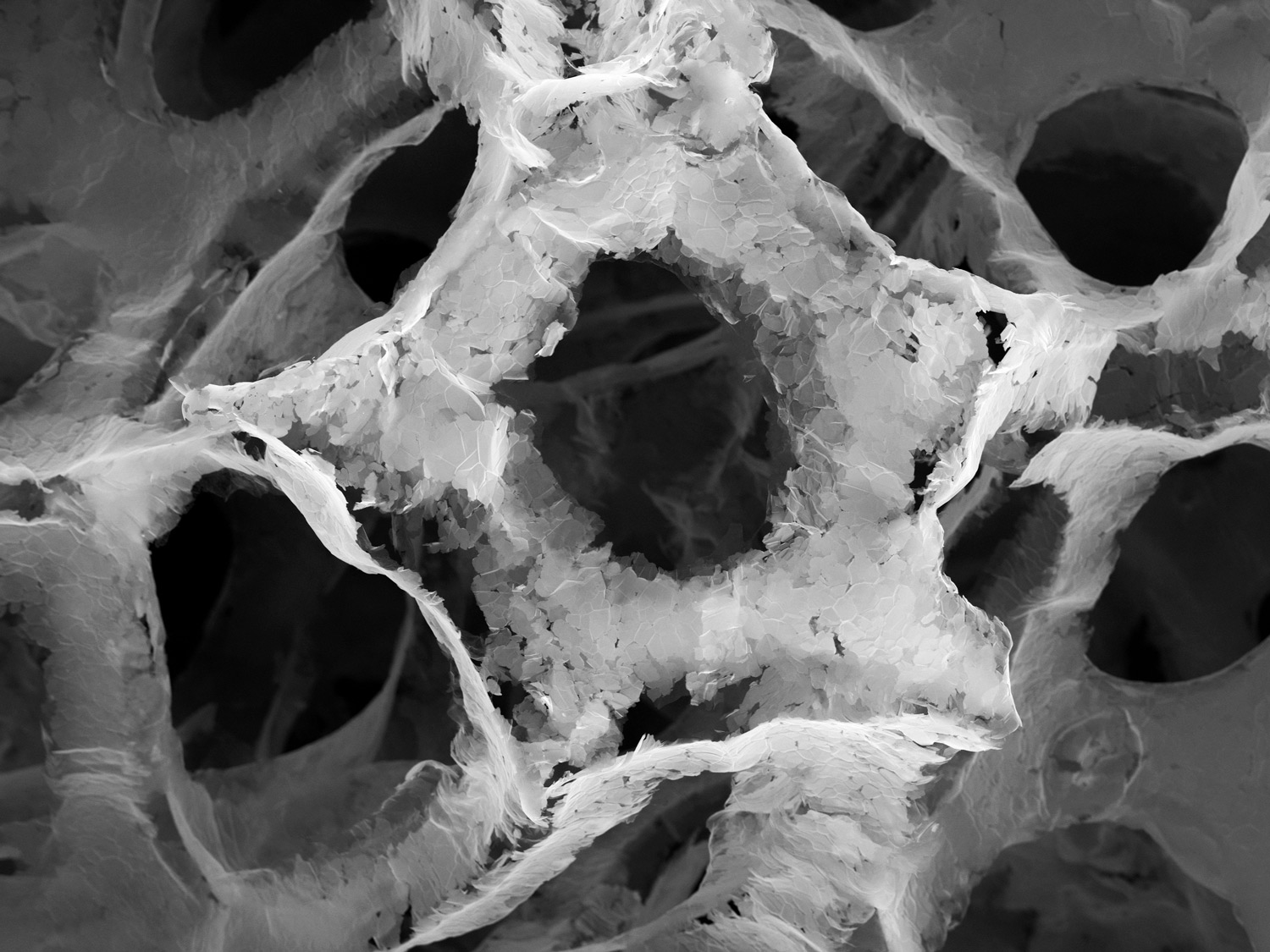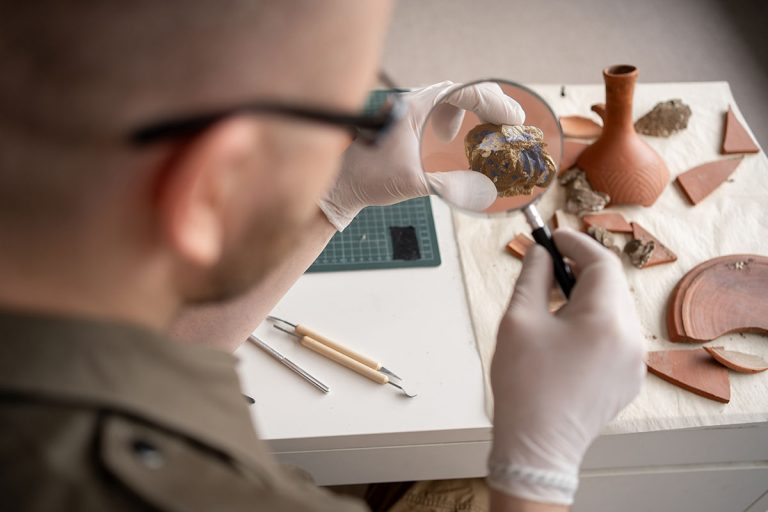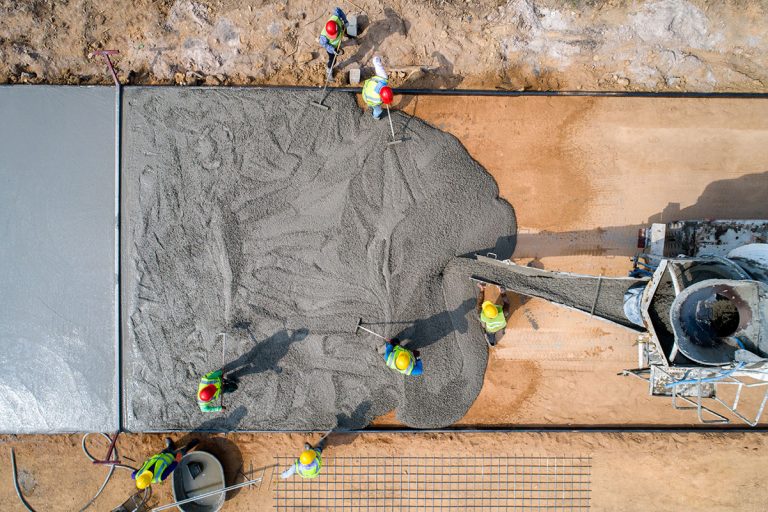Endless possibilities in 2D
Jang Kyo Kim’s work showcases the remarkable potential of graphene and other ingeniously crafted materials
Fascinated by the science and endless possibilities of 2D materials, Professor Jang Kyo Kim, who specializes in mechanical engineering, joined Khalifa University’s Research & Innovation Center for Graphene and 2D Materials (RIC2D) in January 2023.
Having spent more than 30 years working at the Hong Kong University of Science and Technology, Kim is well connected withresearchers in China, Hong Kong, South Korea and other parts of Asia. At Khalifa University, he is in the process of establishing collaborations across Europe to propel graphene research into the next phase of innovation.
Tell us about your research goals.
I am interested in discovering how graphene can be assembled to form interesting structures or mixed with other materials to produce composites with multifunctional characteristics. For instance, materials that possess strength, high conductivity and effective heat dissipation simultaneously.
What type of structures can you create and how?
We create 2D and 3D structures using various techniques. For example, starting with graphite, the same material as pencil lead, my team developed a method to obtain thin sheets of graphene oxide. We separated the larger sheets (50-300 μm in lateral size) and assembled them into thin 2D structures, including conductive graphene papers and transparent graphene films.
We have also created 3D structures, such as graphene foams and aerogels. Aerogels are one of the lightest solid materials that currently exist.
What type of applications are there for such materials?
Graphene paper, for instance, possesses both strength and conductivity, making it suitable for use in supercapacitors – energy-storage devices that can be charged and discharged faster than batteries. Transparent graphene films low resistance, can be employed and could be applied to flexible touchscreens and electronics. The porous structure of graphene aerogels makes them useful for storing ions in energy storage devices, or to trap contaminants in environmental filters. These are just some examples of a possibly endless list.
What application of graphene excites you the most?
Composites formed by combining graphene aerogel and polymers currently represent some of the most promising applications. For example, my team worked on the complex challenge of developing a composite material with multifunctional capabilities, including excellent dielectric properties, energy density and thermal conductivity. In simpler terms, our aim is to create a material capable of efficiently storing energy within a compact volume while effectively dissipating heat. We achieved good results by adding boron nitride and graphene aerogels to a commercial polymer.
We also fabricated composites designed for electromagnetic interference (EMI) shielding. EMI occurs when waves carrying signals, such as radio waves or Wi-Fi, interfere with each other.
As the world, EMI-related issues are expected to grow. Graphene-based 2D and 3D structures can effectively reflect, attenuate and absorb EMI thanks to their excellent electrical properties.
References
- Lin, Xiuyi, et al. “Fabrication of highly-aligned, conductive, and strong graphene papers using ultralarge graphene oxide sheets.” ACS nano 6.12 (2012): 10708-10719. | Article
- Zheng, Qingbin, et al. “Transparent conductive films consisting of ultralarge graphene sheets produced by Langmuir–Blodgett assembly.” ACS nano 5.7 (2011): 6039-6051. | Article
- Yousefi, Nariman, et al. “Highly aligned graphene/polymer nanocomposites with excellent dielectric properties for high‐performance electromagnetic interference shielding.” Advanced Materials 26.31 (2014): 5480-5487. | Article
- Guo, Fengmei, et al. “Highly thermally conductive dielectric nanocomposites with synergistic alignments of graphene and boron nitride nanosheets.” Advanced Functional Materials 30.19 (2020): 1910826. | Article
- Wu, Ying, et al. “Ultralight graphene foam/conductive polymer composites for exceptional electromagnetic interference shielding.” ACS Applied Materials & Interfaces 9.10 (2017): 9059-9069. | Article




